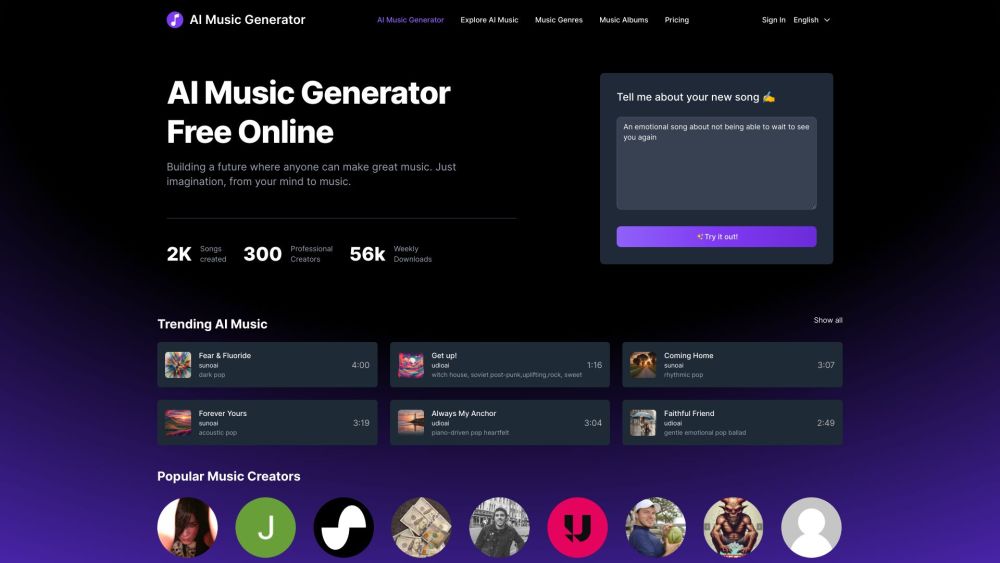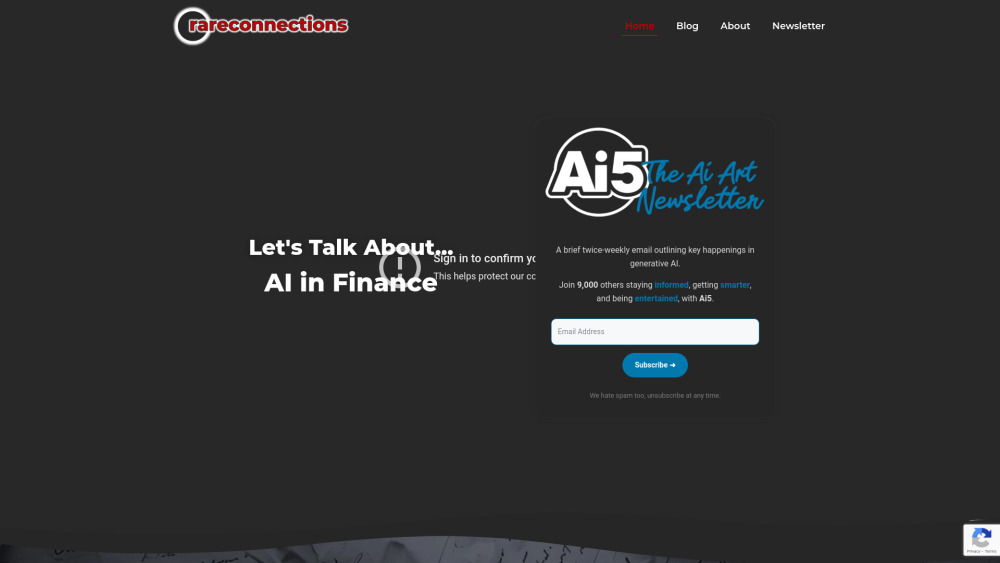With the launch of ChatGPT last November, generative AI has surged into mainstream society with remarkable intensity, reminiscent of Pandora's infamous encounter with the misery box. This transformative technology is now ubiquitous, as startups and major industry players rush to incorporate AI features into their existing platforms, aiming to leverage the potential of machine-generated content in every application. In today's hype cycle, showcasing your generative AI achievements is essential to stand out amidst the noise created by customizable chatbots and self-generating presentation tools flooding the market.
The recent announcements from major tech giants at events like Google’s I/O conference highlight their commitment to generative AI. Google’s showcase emphasized its AI initiatives surrounding Bard and PaLM 2, perhaps overshadowing hardware announcements like the Pixel Fold and Pixel 7a. Throughout the event, AI was a focal point for every Alphabet executive, spanning features like Gmail’s Smart Compose and the generative wallpapers of the new Pixel 7a.
In contrast, Apple's WWDC 2023 keynote was notably devoid of direct references to "artificial intelligence." The term was mentioned zero times, while "machine learning" appeared just seven times. However, this doesn't indicate a lack of investment; Apple's showcased products are rich in AI-driven features. For instance, the "ducking autocorrect" functionality is powered by on-device machine learning, as are the Live Photo Lock Screen and personalized prompts in the new Journal app. Additionally, the autofill features for PDFs leverage machine vision, and AirPods now customize playback based on personal and environmental preferences—all thanks to advanced machine learning systems.
Despite the abundance of AI integration, Apple refrained from explicitly highlighting these advancements during the presentation. Even when discussing the state-of-the-art Vision Pro headset—renowned for its natural language processing, audio ray tracing, and real-time hand gesture tracking—the focus remained on user benefits rather than the technology behind it.
The closest Apple came to discussing its machine learning innovations was through the Vision Pro's Persona feature. This functionality digitally recreates the user’s head, torso, arms, and hands for FaceTime calls, circumventing the challenge of video communication through headsets. According to Mike Rockwell, VP of Apple’s Technology Development Group, the process involves an advanced encoder-decoder neural network that has been trained on thousands of diverse individuals to ensure a lifelike representation that adapts to facial and hand movements.
Throughout the event, AI was treated as a secondary consideration rather than a main attraction, a strategy that may serve Apple's branding goals well. By avoiding the spectacle that often accompanies generative AI discussions, Apple preserves its reputation for exclusivity while gently guiding wary consumers toward embracing innovative hardware.
Steve Jobs famously stated, "it just works," emphasizing the goal of providing seamless solutions without unnecessary complications. This philosophy seems to be resurging as Apple enters the spatial computing era, focusing on user experience while subtly integrating powerful AI capabilities.





